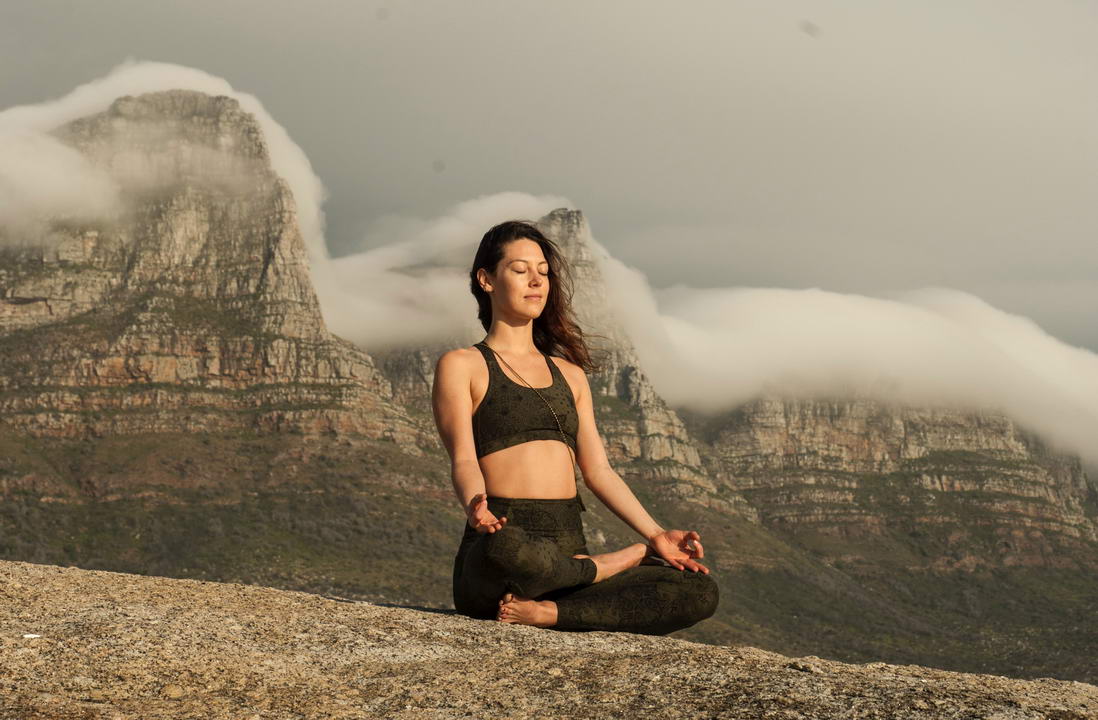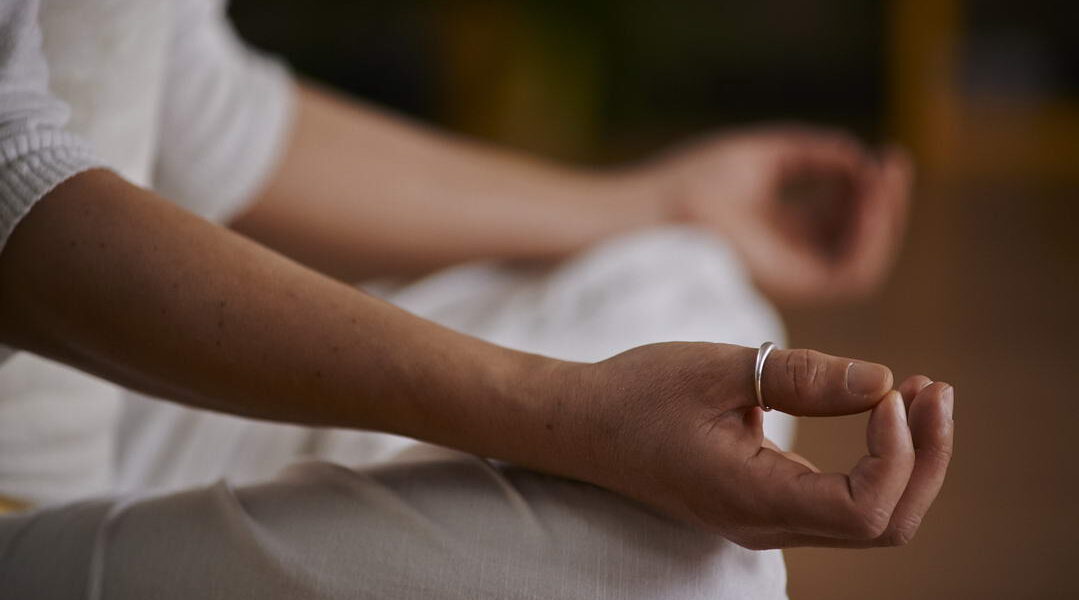In the intricate tapestry of yoga’s Eight Limbs, Pranayama stands as a transformative practice that goes beyond the physical realm. As the fourth limb of yoga, Pranayama focuses on the regulation and expansion of the breath, unlocking a gateway to enhanced vitality, mental clarity, and spiritual growth. In this article, we’ll explore the profound significance of Prnayama, its benefits, techniques, and its role in facilitating a deeper connection between the body, mind, and spirit.
The Essence of Pranayama
Pranayama is the art of breath control and regulation. “Prana” refers to the life force energy that animates all living beings, and “yama” means control or expansion. Together, Pranayama implies the intentional manipulation of breath to influence the flow of Prana within the body. This practice is a bridge between the physical and subtle aspects of our being, fostering harmony and balance.
Explore Meditation Retreats & Wellness Retreats
Explore Yoga Retreats with Tejomaia.com

The Benefits of Pranayama
- Enhanced Vitality: The body receives an increased supply of oxygen, nourishing cells and tissues and promoting overall vitality.
- Stress Reduction: Conscious breathing activates the relaxation response, reducing stress, anxiety, and promoting a state of calm.
- Mental Clarity: Clears mental fog, sharpens focus, and enhances cognitive function by oxygenating the brain.
- Emotional Balance: Calms the nervous system, helping to regulate emotions and cultivate emotional equilibrium.
- Improved Respiratory Function: Strengthens the respiratory muscles and enhances lung capacity, supporting respiratory health.
Pranayama Techniques
- Deep Breathing (Dirga Pranayama): Inhale deeply through the nose, filling the lungs completely, and exhale slowly through the nose. This technique calms the mind and brings relaxation.
- Ujjayi Pranayama (Victorious Breath): Constrict the throat slightly during inhalation and exhalation, creating an ocean-like sound. Ujjayi promotes concentration and mindfulness.
- Nadi Shodhana (Alternate Nostril Breathing): Close one nostril and inhale through the other, then switch nostrils and exhale. This technique balances energy and calms the mind.
- Bhramari Pranayama (Bee Breath): Inhale deeply and exhale while making a humming sound similar to a bee. Bhramari calms the nervous system and reduces stress.
- Kapalabhati Pranayama (Skull-Shining Breath): Rapidly exhale short breaths through the nose while pulling the abdomen in. Kapalabhati energizes the body and clears the mind.
Incorporating Pranayama into Your Practice
- Begin Gradually: Start with simple techniques and gradually progress to more advanced practices as your breath awareness deepens.
- Practice Mindfulness: Focus your attention on the breath during Pranayama, observing its rhythm and sensations.
- Choose the Right Time: Ideally, practice Prnayama in the morning or evening on an empty stomach. Avoid intense practices before bedtime.
- Create a Sacred Space: Choose a quiet and comfortable space where you can practice without distractions.
- Listen to Your Body: If you feel lightheaded or uncomfortable during practice, return to normal breathing and take a break.

This art of breath control, offers a profound journey of self-discovery and inner transformation. Through intentional breathwork, we tap into the vital life force that sustains us, unlocking physical, mental, and spiritual benefits. As you incorporate Pranayama into your yoga practice, you embark on a journey of heightened awareness, well-being, and a deeper connection to the essence of your being. Explore the gentle power of Pranyama, and let your breath be a guide on the path to balance, vitality, and inner peace.
Explore Wellness Retreats
Explore Yoga Retreats with Tejomaia.com



You must be logged in to post a comment.